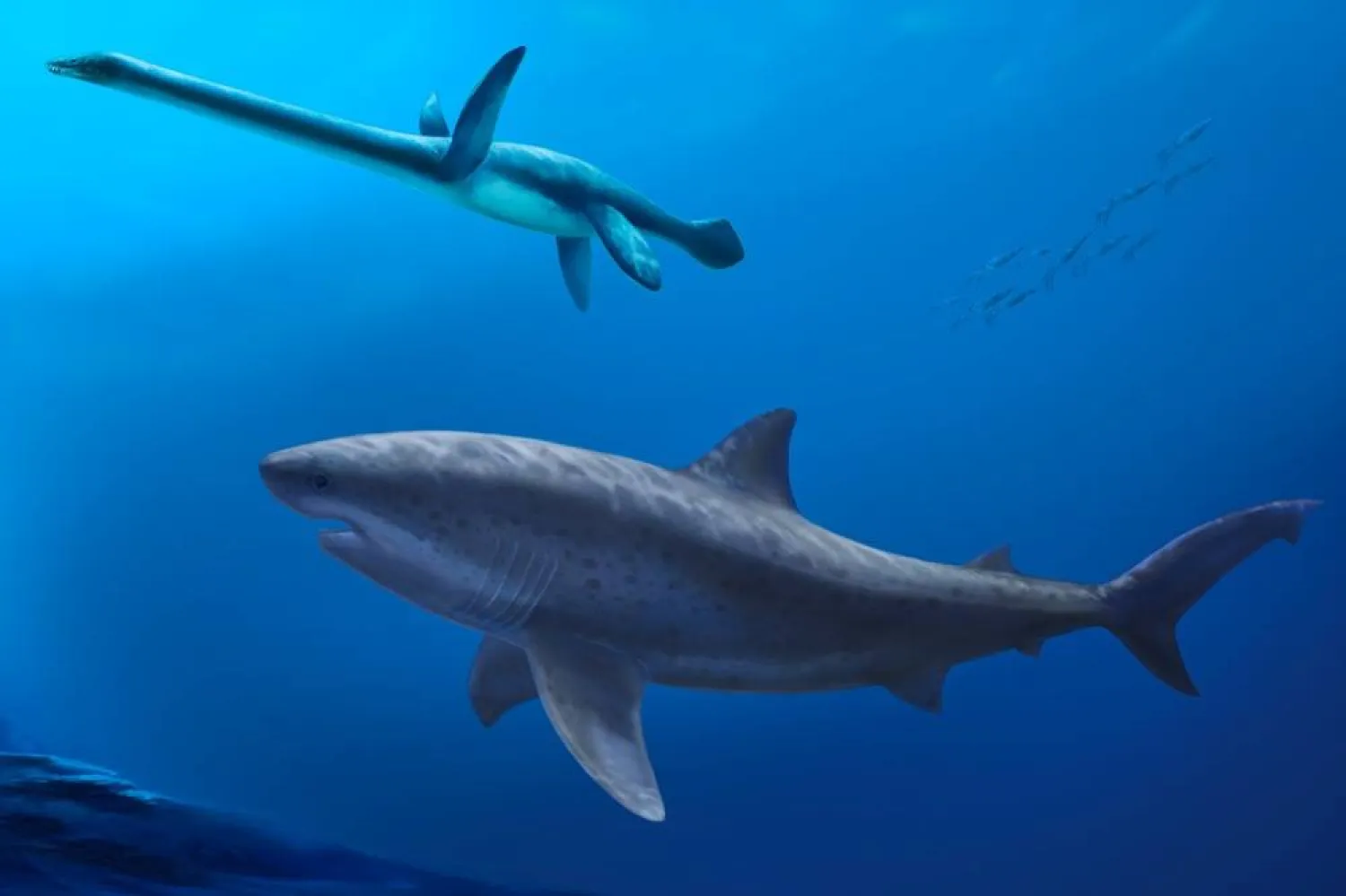Kakapo, a critically endangered large parrot that can't fly and hides during the day is back in the limelight having been named New Zealand's bird of the year for an unprecedented second time, The Guardian reported.
The green and fawn kakapo– the world's heaviest, longest-living parrot – first won in 2008. After conservation efforts, the population of this large parrot has risen from 50 during the 1990s to 213 now.
Also known as "mighty moss chicken," the famous parrot used to live throughout New Zealand, but today survive only on predator-free islands.
Male kakapo emits a loud booming sound to attract females and smell "like the inside of a clarinet case, musty and kind of like resin and wood," said Laura Keown, spokesperson for the competition.
"The things that make kakapo unique also make them vulnerable to threats. They are slow breeders, they nest on the ground and their main defense is to imitate a shrub. Those qualities worked great in the island of birds the kakapo evolved in but they don't fool introduced predators like stoats, rats and cats," she explained.
Another endangered bird, the antipodean albatross, which is often caught in fishing nets, won most first-choice votes out of the more than 55,000 votes cast but under the competition's preferential system the kakapo came through. Organizers said they hoped the antipodean albatross did not feel robbed.
"The competition has boosted environmental awareness, compared with 15 years ago when bird of the year started. It is definitely part of a shift in thinking about the needs of New Zealand's unique environment and native species," organizers said.
It has also introduced the public to some weird and wonderful characters. The world's most famous kakapo is Sirocco, who reputedly thinks he is human. It has toured New Zealand to promote the plight of his species.
In 2009, he rocketed to global fame after attempting to mate with zoologist Mark Carwardine's head during filming for the BBC documentary Last Chance to See with British actor Stephen Fry, who likened the bird's face to that of a Victorian gentleman. The video of the incident, with commentary from Fry has had more than 18m views. Scientists believe kakapo can live for around 60 years.
Under the last Labor-Green government, the Department of Conservation received the biggest funding boost it has had in 15 years.
The government has promised to put cameras on all commercial fishing boats, and New Zealand has a goal to be predator free by 2050.









